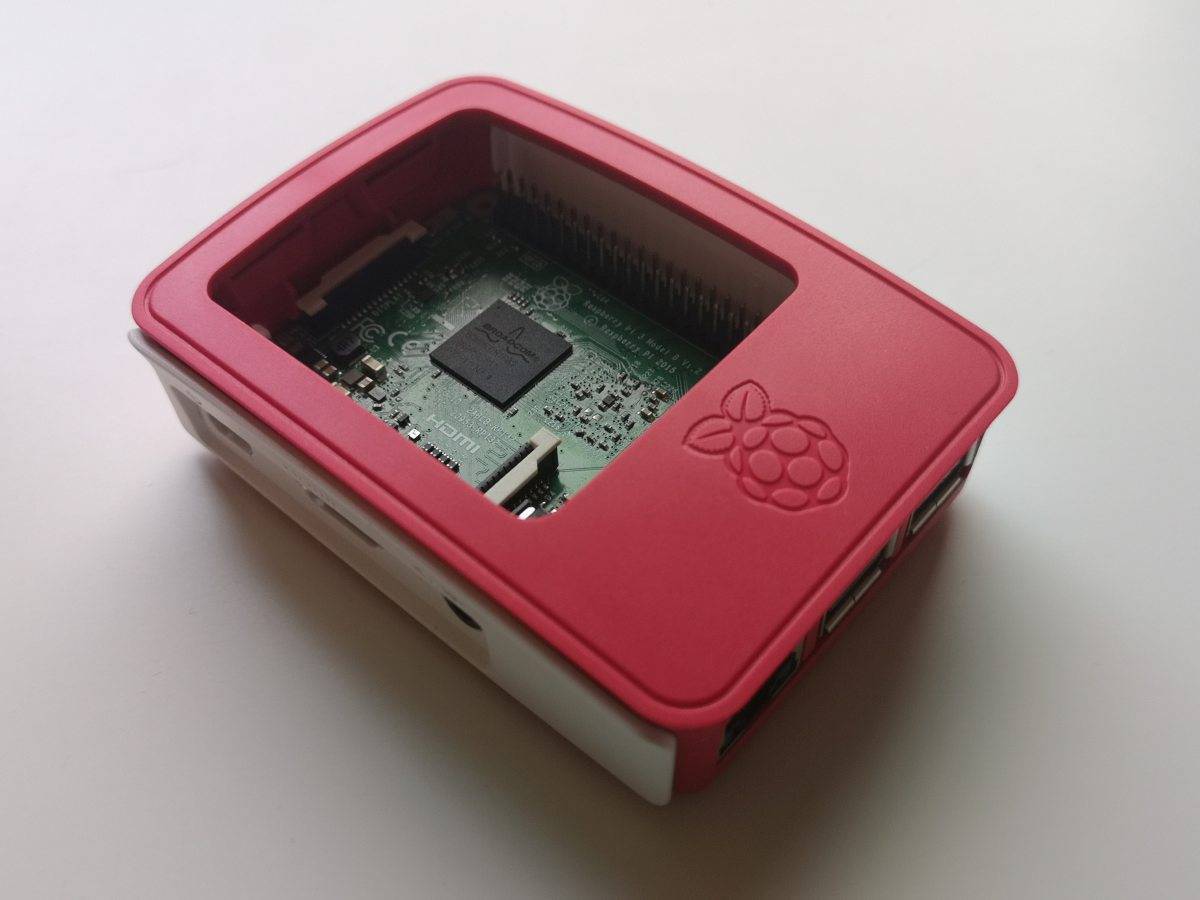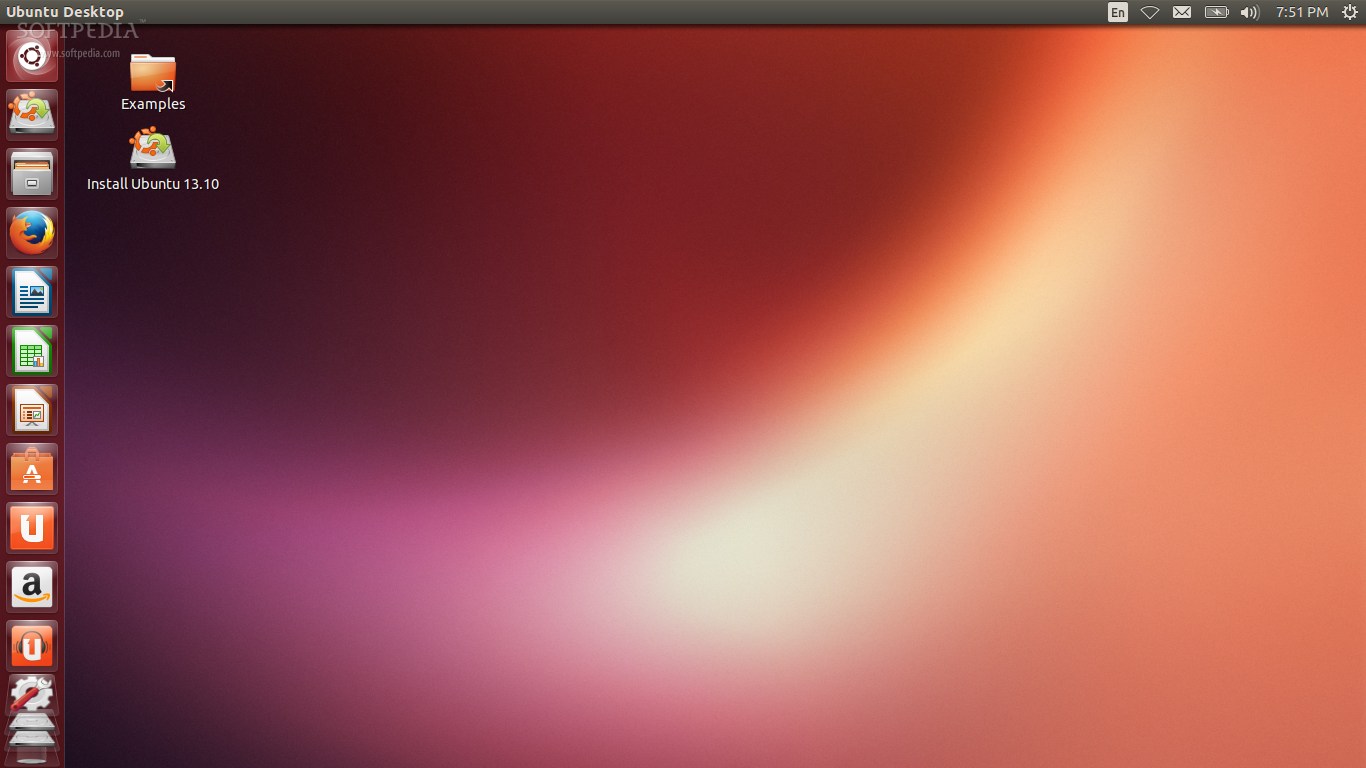

Low amount of data sent to devices in the field

High amount of data sent to devices in the field Layers may require some fixes and updates, The Yocto project provides long-term support, Support and porting must be done manually if custom packages are used

Maintenance is done by the desktop community Provides the tool for incremental image creation The distribution component is already installed Requires a complete image rebuild and reinstallation Production-ready operating system for embedded systemsīest results are achieved when everything is set up individuallyĮasy handling by apt-get via console Rapid prototyping, proof of concept during development
#Ubuntu core software
Only necessary software packages included, “Ubuntu as a tool can be categorised under Operating Systems, while Yocto is categorised under Infrastructure Build Tools.” Criterion Yocto provides a flexible set of tools and a space where embedded developers worldwide can share technologies, software stacks, configurations and best practices to create custom Linux images for embedded and IoT devices or anywhere a custom Linux operating system is needed. The Yocto project is thus an open source collaborative project that helps developers create custom Linux-based systems regardless of hardware architecture. In this, Yocto is more commonly referred to as a meta-distribution and can be seen as a collection of libraries, dependencies, configuration values and classes that are put together to create a custom Linux runtime image. Yocto is modular and requires an SDK to build a distribution. Yocto allows the size of the operating system to be reduced to what is necessary to run the system.
#Ubuntu core code
Because Ubuntu and other Debian-based distributions are geared towards general computing and programming purposes, they are a good choice for a development environment where code may need to be changed and prototypes changed often.
#Ubuntu core full
In fact, the Yocto project website states, “It’s not an embedded Linux distribution, it creates its own.” In contrast, Ubuntu is a full Linux distribution for general computing purposes. Yocto and the difference to Ubuntuįirst, it is important to understand that Yocto is not a Linux distribution. This is where Yocto comes in: the goal of the Yocto project is to provide optimised software for highly specific embedded applications. So when it comes to data-intensive applications, an operating system with a small footprint is needed.
#Ubuntu core drivers
For this, Linux is the best option because it allows basic drivers to be written at kernel level to meet these needs.Įspecially in the world of embedded systems, the size of a full Ubuntu distribution can be enough to severely limit the board’s limited memory before you can even start installing additional software or collecting data.

Edge computing and IoT often involve embedded systems, so hardware and software must be integrated accordingly according to individual requirements. Since Linux is open source, it can even be viewed and verified at the kernel level. It is most commonly used for servers and embedded systems, but is also available in a desktop version. A Linux distribution is a selection of certain software and a kernel of Linux that are coordinated with each other to form a usable operating system.
#Ubuntu core free
It belongs to the family of free and open source software and is usually available free of charge in a Linux distribution such as Ubuntu. Linux is a group of Unix-like operating systems built on the Linux kernel. If one leaves the area of desktop computers, operating systems based on the Linux kernel are often used. There are several operating systems available on the market, with Microsoft Windows being the best known in the desktop environment. The operating system serves as the interface between the computer’s hardware and software and is therefore an important component of a system. An operating system is a low-level system software that manages the computer’s hardware and software resources and greatly facilitates the computer’s basic functions, such as resource management, memory management, control of peripheral devices and networking. A key decision in the development of IoT projects and edge infrastructures concerns software and, related to this, the choice of a suitable operating system.


 0 kommentar(er)
0 kommentar(er)
